LED strip lights have transcended their initial role as mere decorative elements. Today, you can see them in stores, magazines, and even in some cars. These lights look nice and have benefits like saving energy and being customizable. In all this brightness, we need to ask: Are LED lights bad for your eyes?
The digital age has significantly increased our exposure to artificial light. Recent studies show that 80% of adults in the U.S. use digital devices for over two hours daily. This increases their risk of eye problems. In recent years, eye care professionals have seen more cases of eye strain and irritation. We need to think about whether LED strip lights are harming our eyes or not.
Why LED Strip Lights Are Everywhere?
LED strip lights are suddenly everywhere, in homes, offices, cafes, and even vehicles. It’s not just a fad; these lights have features that make them irresistibly versatile. They’re often a staple in viral TikTok videos, and it’s almost rare to see a smart home setup without them. So, what’s fueling this widespread adoption?
Key Benefits
LED strip lights are popular because they look good and work well. Let’s delve deeper into these advantages.
에너지 효율성
LED lights save a lot of energy, which means lower electricity bills for you. This efficiency is a big selling point in a world that cares more about the environment. When you save energy, you help the environment and save money too.
Customization
The ability to tailor your lighting to suit your mood or event at the tap of a smartphone is no small feat. You can program LED strip lights to change colors, adjust brightness, and sync with music. You can create a calm or festive atmosphere with many customization options. This is something we couldn’t do with old lighting systems.
The Science of LED Lights and Eye Health
To understand the effects of LED strip lights on eye health, we need scientific evidence. These lights are very popular, but people are worried about their safety. To figure out this maze, we should study scientific articles that explore the problem from different angles.
The Blue Light Dilemma
Blue light, a predominant LED emission, has been central to numerous studies. According to the American Academy of Ophthalmology, blue light can strain the eye. It can cause long-term problems like age-related macular degeneration (AMD). However, it’s important to note that not all blue light is harmful. What we should be worried about is excessive exposure, particularly at high intensities.
Flicker Factor and Your Eyes
LED lights operate by flickering on and off at a speed that’s generally too fast for the human eye to perceive. However, some people may still be affected by this flicker rate. It can cause eye strain or migraines in extreme cases. The risk increases with prolonged exposure. Some experts say that people who are sensitive to flickering lights may have symptoms within an hour of being exposed to them.
Melatonin and Sleep
It’s not just your eyes that could be affected. The blue light emitted from LED strip lights can also suppress melatonin production. Melatonin is the hormone responsible for regulating our sleep-wake cycle. Lower levels can disrupt sleep, making it hard to fall and stay asleep. This can affect overall health.
Expert Takes on LED Lights and Eyes
Experts’ opinions give valuable insights into how LED lights affect eye health.
Dr. Jane Doe, Optometrist:
“LED lights are not the villains here. However, they could become problematic if not used wisely. For example, using them in dim settings for long durations can cause eye fatigue. The key is to balance aesthetics with health precautions.”
Dr. John Smith, Ophthalmologist:
“When it comes to LEDs, the devil is in the details. The core issue is not the technology but how it’s used. Prolonged exposure to high-intensity blue light is what generally causes eye problems. But, you can reduce most risks by using things safely and following safety rules.”
User Experiences: Testimonials and Feedback
When users share their own experiences, we can learn a lot about the safety of LED strip lights.
Satisfied Users:
“I’ve been using LED strip lights in my workspace and living area for two years now. I make it a point to take breaks and adjust the brightness, and I’ve experienced zero eye discomfort. Honestly, they’ve been a great addition to my home.”
Unsatisfied Users:
“I decked out my home office with LED strip lights and initially loved them. But over time, especially during those long work sessions, my eyes began to feel strained. I even experienced occasional headaches. They may look great but aren’t worth compromising my eye health.”
How to Use LED Strip Lights Safely?
LED strip lights can be harmful to your eyes, but you don’t have to avoid them completely. The trick lies in using them responsibly and thoughtfully. Below are some tips to ensure a safer experience with LED lighting in your environment.
Optimal Brightness
When it comes to brightness, moderation is key. Excessive brightness can lead to eye fatigue and other discomforts. LED strip lights often come with dimmable features. Utilize these settings to find a balance between adequate lighting and eye comfort. To match natural light, keep the brightness at a level that doesn’t overpower it.
Proper Placement
The positioning of your LED strip lights can also make a significant difference. To reduce eye strain, keep artificial lights 20 inches away and angled downward by 30 degrees. This is important for people who use LED lights near their desks or when reading.
Safe Duration
It’s important to have a balanced approach to everything, like the time you spend under artificial lighting. Experts recommend limiting continuous exposure to LED lighting to two hours. If you need to extend that duration, take 15-minute breaks to look at something in the distance. This rest period allows your eyes to recalibrate, reducing the risk of eye strain.
자주 묻는 질문(FAQ)
What Makes LED Lights Different From Traditional Bulbs?
LED lights are now the top choice for many uses because they use less energy and can be customized. LEDs are different from regular bulbs. They use 85% less energy and can change colors and patterns.
Are LED Lights Universally Harmful to the Eyes?
LED lights are not universally detrimental to eye health. Usually, problems happen when you use things wrong, like having the brightness too high or looking at bright blue light for a long time. Being mindful of these factors can reduce the likelihood of adverse effects.
Can LED Lights Trigger Migraines or Headaches?
Although LED lights are not directly proven to cause headaches or migraines, some users have reported discomfort. Factors like eye strain from prolonged exposure could be contributing elements. It’s essential to be cautious and remember that correlation does not mean causation.
What Are Safer Alternatives to Standard LED Strip Lights?
For those sensitive to standard LED lights, options like incandescent bulbs or warm white LEDs are safer alternatives. They emit less blue light, thus less likely to cause eye strain.
Are LED Lights Safe Associated With Cancer Risk?
Current scientific literature does not establish a direct link between LED light usage and cancer risk. Most health experts agree that any risk is likely to be minimal. Adhering to usage guidelines is advisable for overall safety.
How Can I Use LED Strip Lights Safely?
Consider brightness settings, positioning, and usage duration to use LED strip lights safely. Moderate brightness, a distance of at least 20 inches from the eyes, and taking periodic breaks can enhance your LED lighting experience safely.
Do LED Lights Affect Sleep Quality?
Yes, the blue light emitted from LED strip lights can interfere with melatonin production, potentially disrupting your sleep cycle. Opt for warmer tones during evening hours to mitigate this issue.
Do All LED Lights Emit Blue Light?
Not all LED lights emit blue light. Some LED variants, like warm white LEDs, emit a softer, less intense light that’s less likely to affect your eye health adversely.
What Do Eye Health Experts Say About LED Lights?
Optometrists and ophthalmologists agree that LED lights, when used correctly, are generally safe. They say the main risks are from too much high-intensity blue light. To be safe, they suggest lowering brightness and taking breaks.
Are Children More Susceptible to LED Light Risks?
Children’s eyes are more sensitive and still developing. This makes them more affected by bright lights. To be safe, it’s a good idea to limit exposure to bright LED lights, especially ones that emit a lot of blue light.
Conclusion and Final Thoughts
As we wrap up this comprehensive guide, it’s crucial to highlight the juxtaposition of pros and cons that LED strip lights present. These lights are important to modern living spaces because they look nice and use less energy. However, their ubiquitous presence prompts an important question: At what cost to our eye health?
LED strip lights are not just a trend, but a technology that is very energy efficient and has many customization options available. But like any other technological marvel, they come with their own set of caveats. The primary concern is the potential for eye strain, sleep disruption, and long-term eye health risks, mainly due to exposure to blue light. However, using these lights wisely, based on scientific evidence, can help you avoid these problems.
As consumers, we are responsible for using technology, including LED strip lights, wisely. If you’re currently basking in the glow of LED lights, take a moment to reassess the brightness settings, angle, and duration of use. If you feel any pain or strain in your eyes, talk to healthcare professionals for personalized advice. Make informed choices—your well-being could depend on it. Remember, it’s not just about the lights but how you choose to use them that counts. Choose wisely, and live well.
LED strip lights have many benefits, but they can affect eye health. If you want to invest in good LED products that look nice and are safe, choose Unitop. They are a top LED manufacturer in China. With expertise in LED 스트립 조명 그리고 LED 네온 플렉스, Unitop is your go-to for any lighting needs. Questions or unique requirements? Don’t hesitate to 문의하기 right away. Choose Unitop, where innovation meets expertise.
관련 문서

Tom은 현재 다음의 영업 관리자입니다. 유니탑(중국) 유한공사. 그는 LED 조명 업계에서 2005년부터 근무하고 있습니다. 그는 영업 및 마케팅, 공장 관리 분야의 전문가입니다. 보디빌딩을 좋아하고 애플의 열렬한 팬이기도 합니다! 그는 열심히 일하는 사람이며 새로운 것을 배우고 시도하는 것을 좋아합니다.
이메일: tom@unitopledstrip.com WhatsApp: +86-18680307140

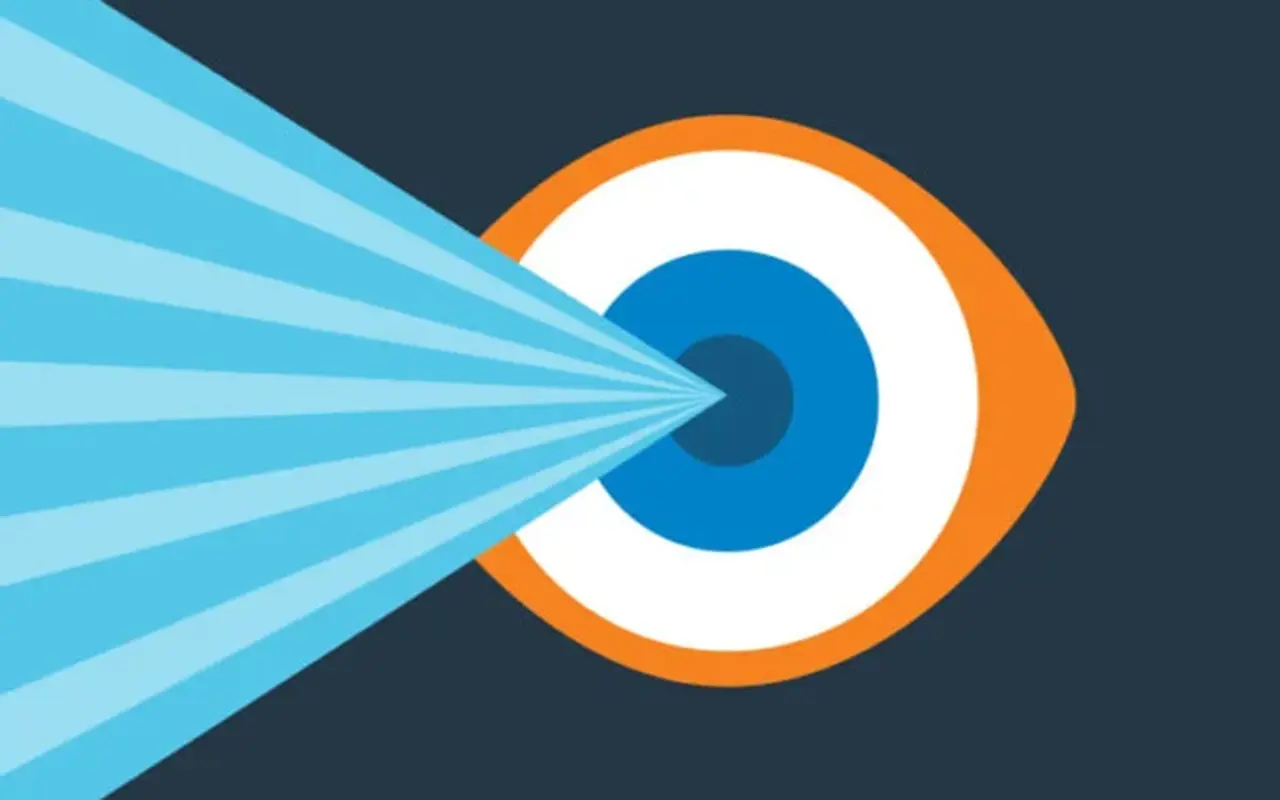
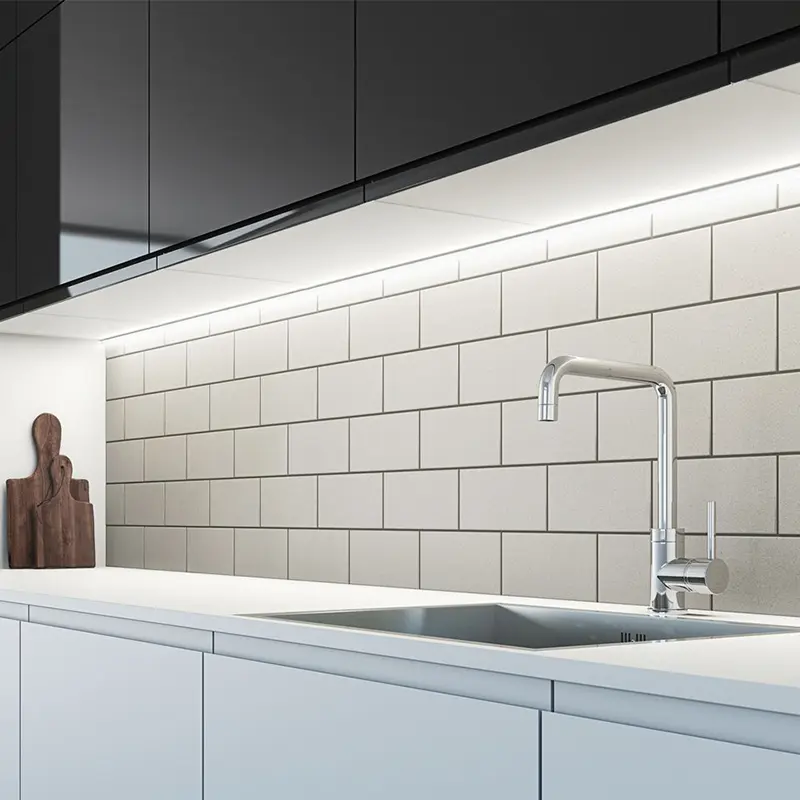
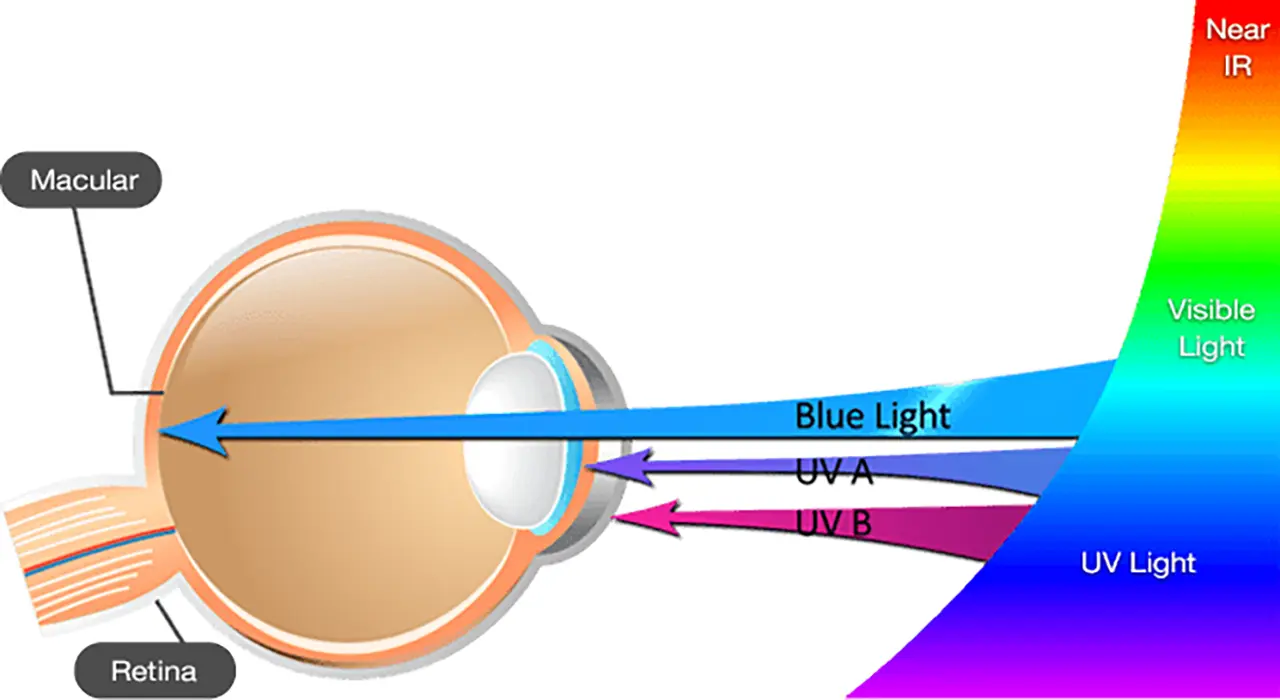
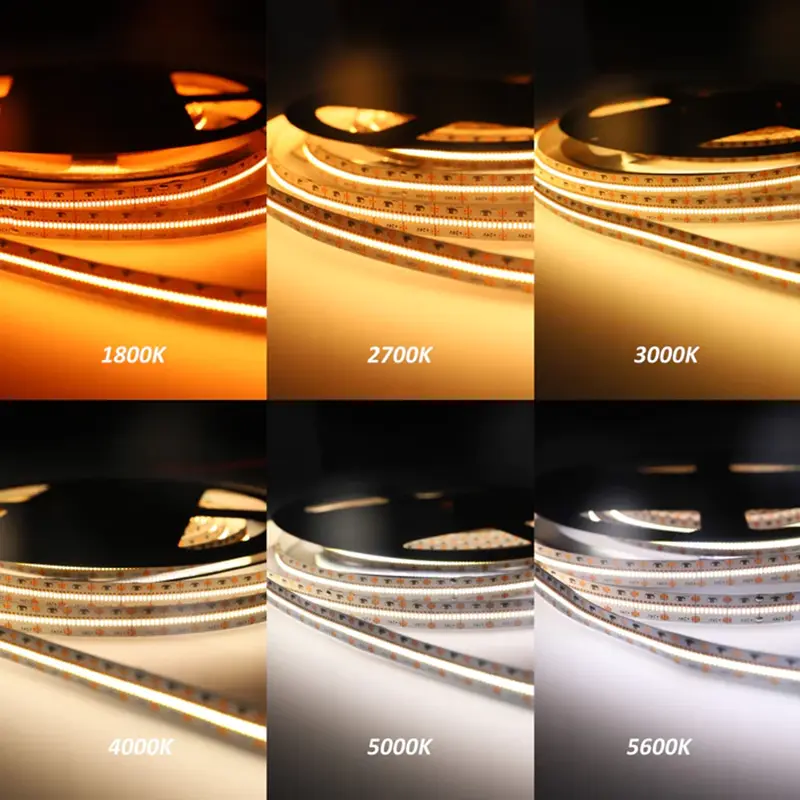

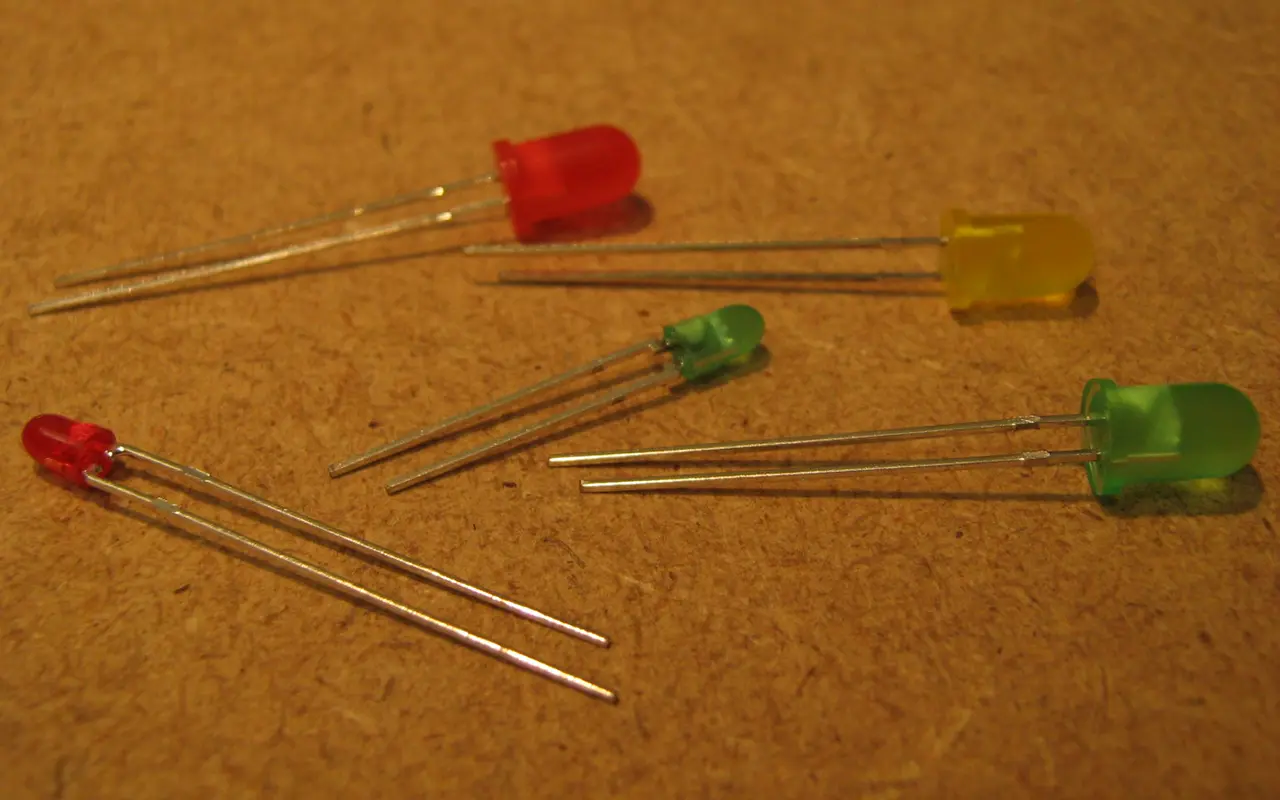
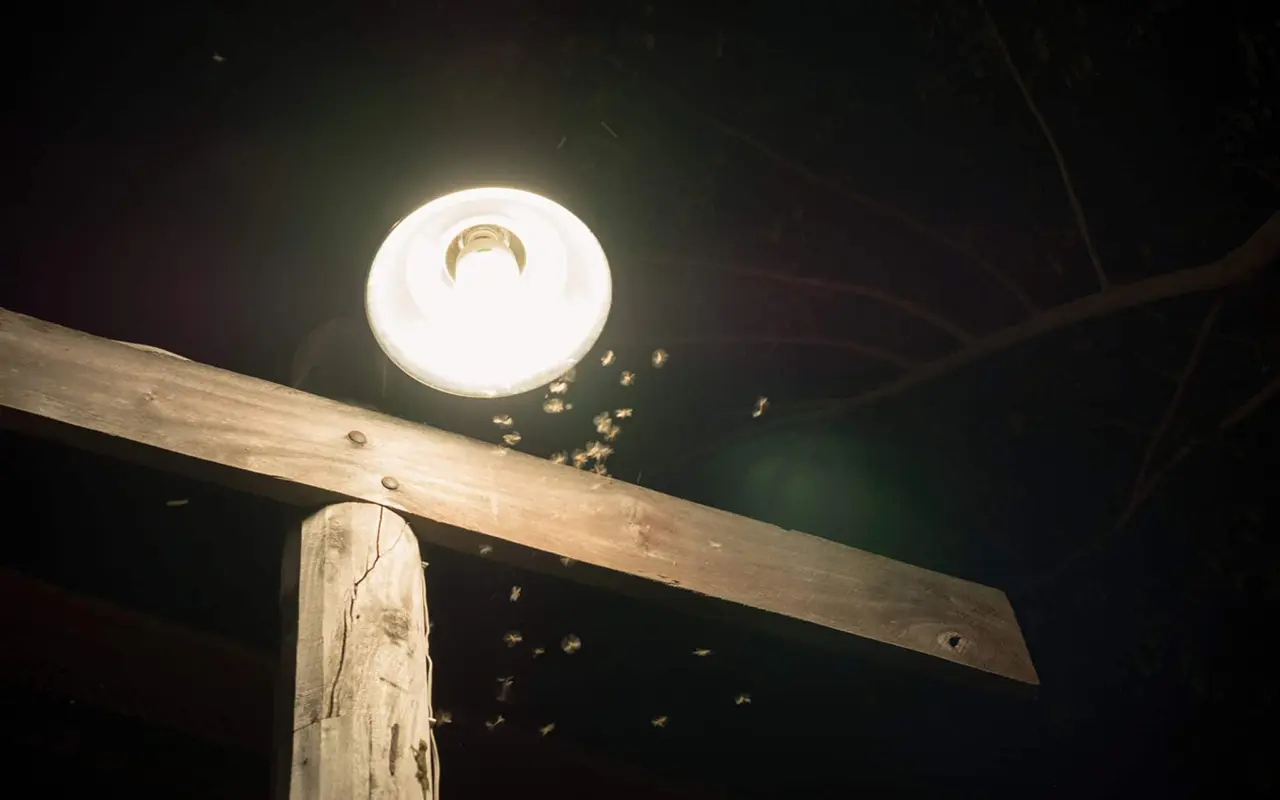
댓글을 남겨주세요
토론에 참여하고 싶으신가요?자유롭게 기여해 주세요!